The Arewa Knot, ‘Dagin Arewa’, or ‘Tambarin Arewa’ like any other symbol is a traditional emblematic delineation of Northern Nigeria, particularly the Hausa dominated areas. The star-shaped structure, Northern knot is an older and traditionally established notion of Hausa identity used in historic architecture, design and cross-stitching.
The notion which is imprinted in many of the Nigerian artistic works is a criss-cross of intersecting knots entwined together that connotes the bonds of the political unity of Northern Nigeria.
History of Arewa Knot
The Knot is such a stirring motif of Northern Nigerian power and political identity that represents unity despite the heterogenicity of tribes and culture in the region. It was adopted by the then prominent politicians of the northern region, under the leadership of the first premier of the north, and the president of the then Northern People’s Congress, Alhaji Ahmadu Bello, Sardauna of Sokoto (The prestigious Sokoto Caliphate traditional title).
The adoption of the symbol came into place in the 1950s when the Nigerian representatives were struggling for independence from their colonial masters. This unity in diversity is encapsulated in the “One North” philosophy that was used to fight for representation and privileges of Northern Nigeria, and to also counter the domination of public services and the northern political sphere by the Southern Nigerians.
Since the Sarduana’s death in a military coup in 1966, the Northern knot has become a stand-in for Ahmadu Bello and his politics of Northern unity. Ahmadu Bello’s approval of the knot for use as a Northern Nigerian coat of arms and seal of authority gives the symbol additional importance. Its deployment in settings of aristocratic power in most of the northern palaces performs both a political act of invoking and recalling Ahmadu Bello’s clout and affirming the authenticity of the palaces’ uniquely Northern Nigerian prestige.
Origin of The Arewa Arewa Symbol
There have been a lot of theories, findings and lots of unanswered questions as regards where did the widely used star-shaped knot originated in the first place. Different people with an interest in history have made researches in order to unearth the origin and the actual meaning of the historic fixture.
Some of the researchers came up with findings that it is of Jewish origin, while others propounded that it is of Christian origin.
Christian Origin of the Arewa Knot
According to some recent findings, Arewa knot origin was traced to Christians living in the region. It was asserted that there were then Christians living in a respectable number in the presently Northern Nigeria, especially in a Hausa state called Gobir. The finding shows that one of the Gobir kings, called ‘Sarkin Gobir Mai Saƙandami’ who happened to be Christian was found to be wearing a cross around his neck which was why they called him ‘mai saƙandami’.
It was affirmed that the Northern Nigerian imprint which is of Christian origin was adopted by Hausas as a political identity under the guidance of Sir Ahmadu Bello Sardauna of Sokoto.
The number of the Hausas practising Christianity at that time in the region is very small when compared to their Muslim counterparts from the same region. Therefore this will not serve as sufficient evidence to claim or conclude that the Arewa knot represents the Christian cross or it is of Christian origin.
Jewish Origin of Dagin Arewa
Of all the several accounts of the origin of the Arewa knot, the most compelling of the theories is the one citing Judaic presence in Northern Nigeria. Dating back to 500 A.D, the origin of the Hausa people has something to do with the remnants of Jews who migrated from Nubia. It is a region along the Nile river located in what is today Northern Sudan and Southern Egypt.
Nubia or ‘Habasha’ is one of the earliest civilizations of ancient Northeastern Africa, with a history that can be traced from at least 2000 B.C. onward through Nubian monuments and artefacts as well as written records from Egypt and Rome, it was home to one of the African empires.
With Israel coming under Greek, Persian and later Roman rule and dependency, renewed waves of Jewish refugees including traders and artisans began to set up more communities in Egypt, Cyrenaica, Nubia and the Punic Empire, notably in Carthage.
From there, they began to scatter into various historically established, as well as newly emerging Jewish communities in the south of the Atlas mountains nearer to modern-day Mauritania, Niger, Mali, Nigeria, Senegal, Cameroon and Congo.
Several Jewish nomadic groups also moved across the Sahara from Nubia and the ancient kingdom of Kush towards West Africa. (Uwechia, 2007), and mixing in with the local Northern and Central Nigerian population, established a number of strong states in what is now known as Northern and Central Nigeria.
According to a broad and luminous finding, the arewa knot is somewhat a copy of the historic 6 pointed star Seal of Solomon which is also known as Star of David. By taking a critical look at the two symbols, one can therefore then conclude that either Arewa directly copied from Jews who settled in Hausa land or the Hausas were actually Jews converted to Islam and still maintain their symbol but undergo some modifications with time.
Conclusion
Despite that, the facts stated above are representation of the researcher’s findings and understanding, the theory relating the origin of the Arewa knot to the Seal of Solomon appears to be more conventional and appealing.
What do you think of the origin of the famous Dagin Arewa?



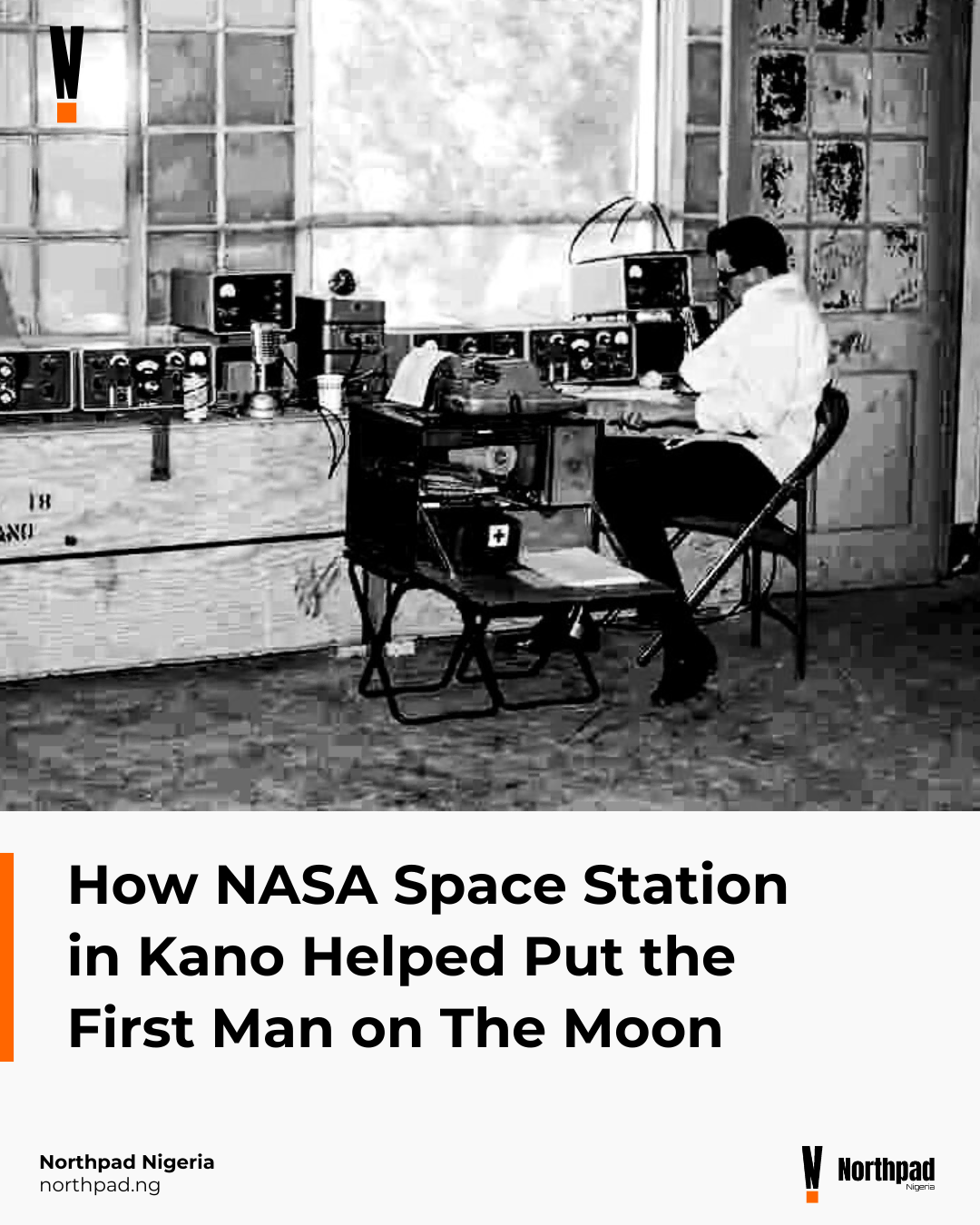
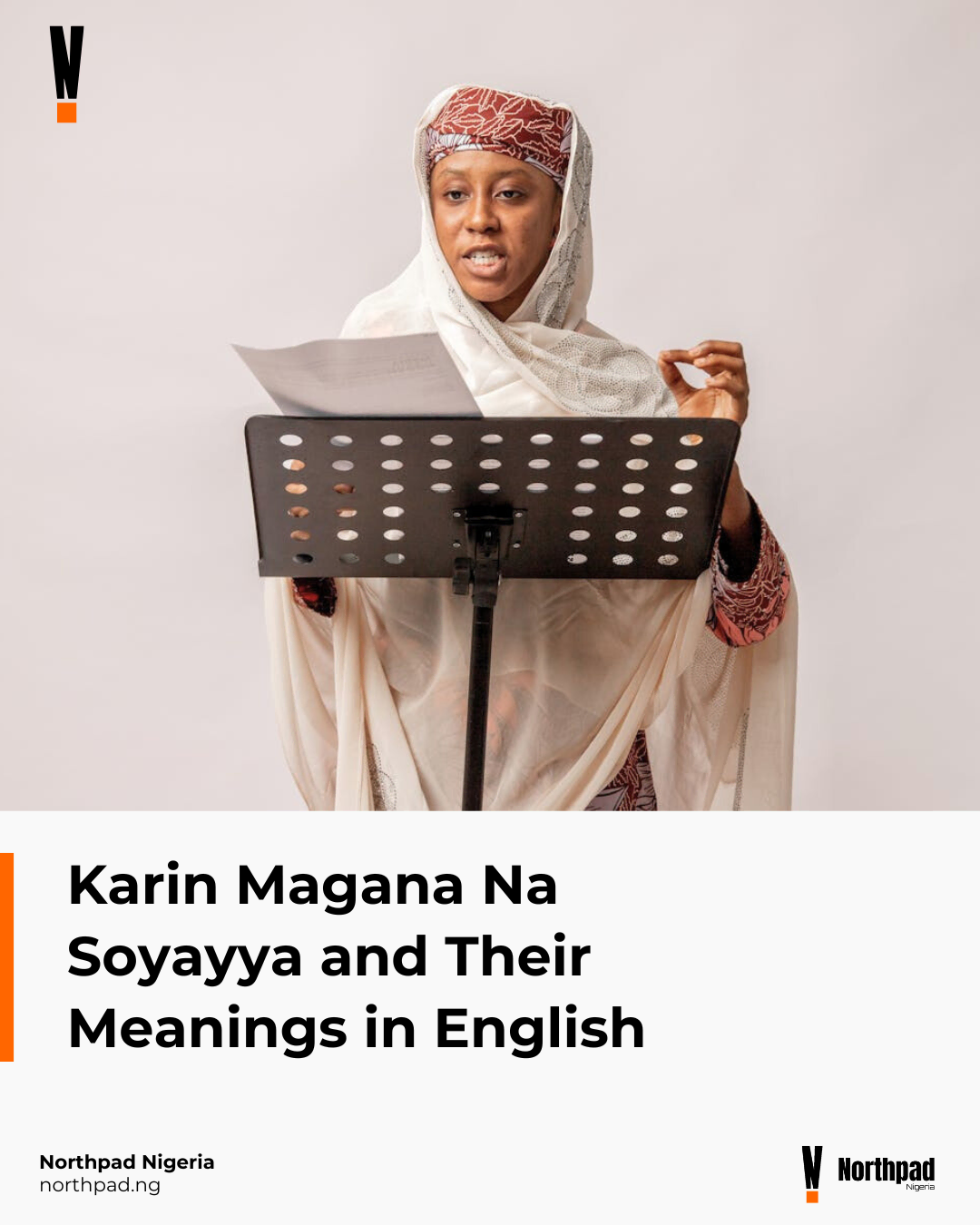
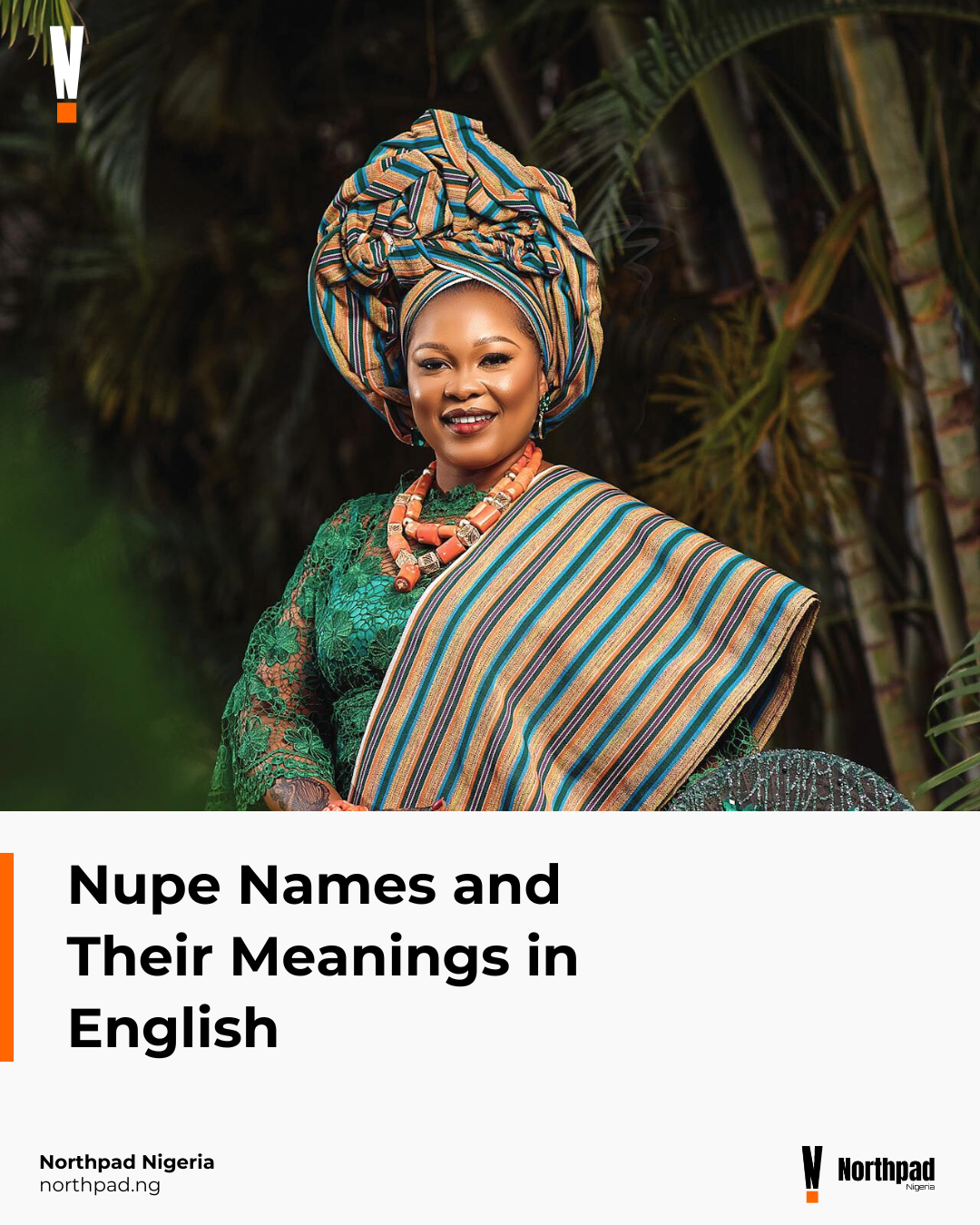
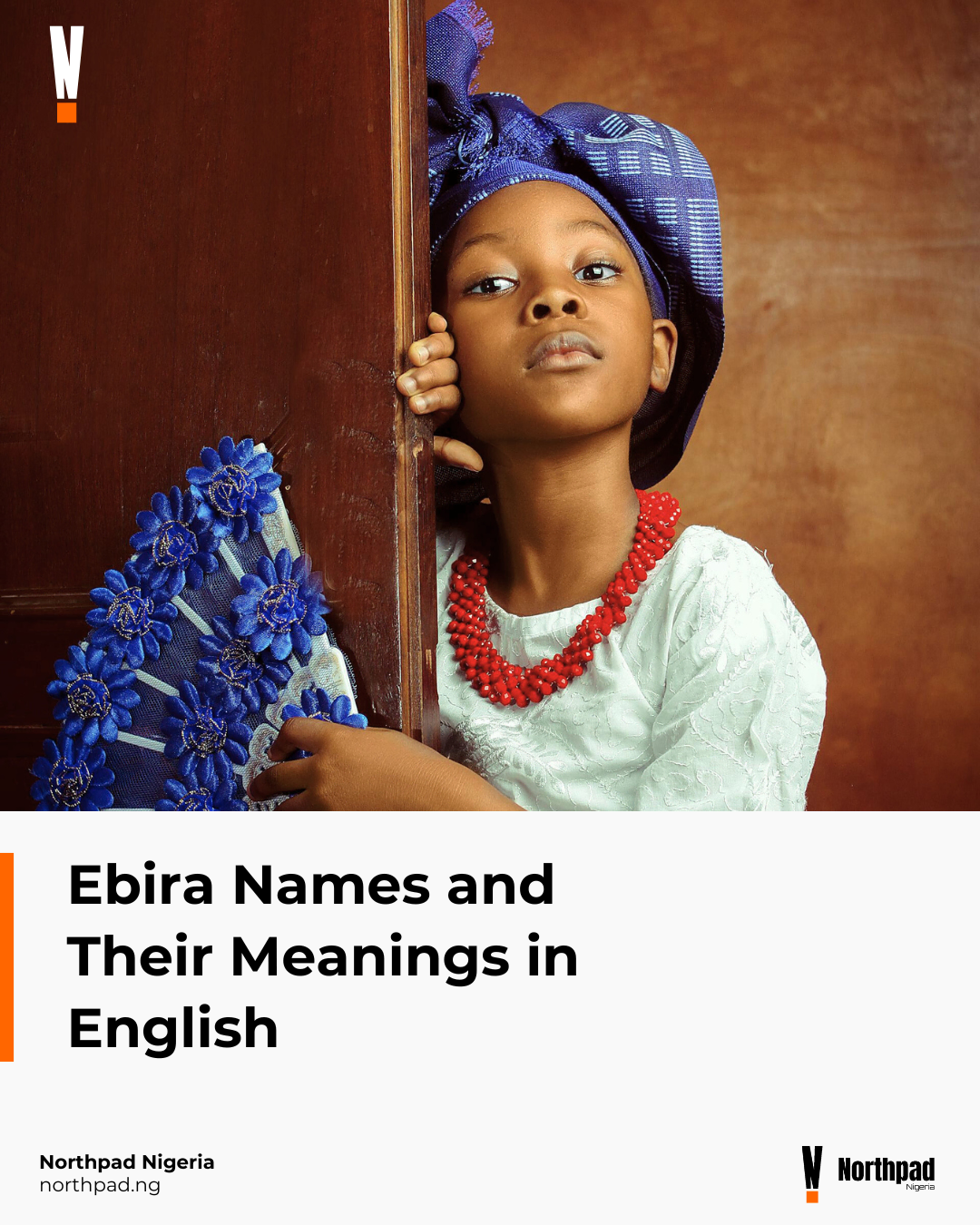
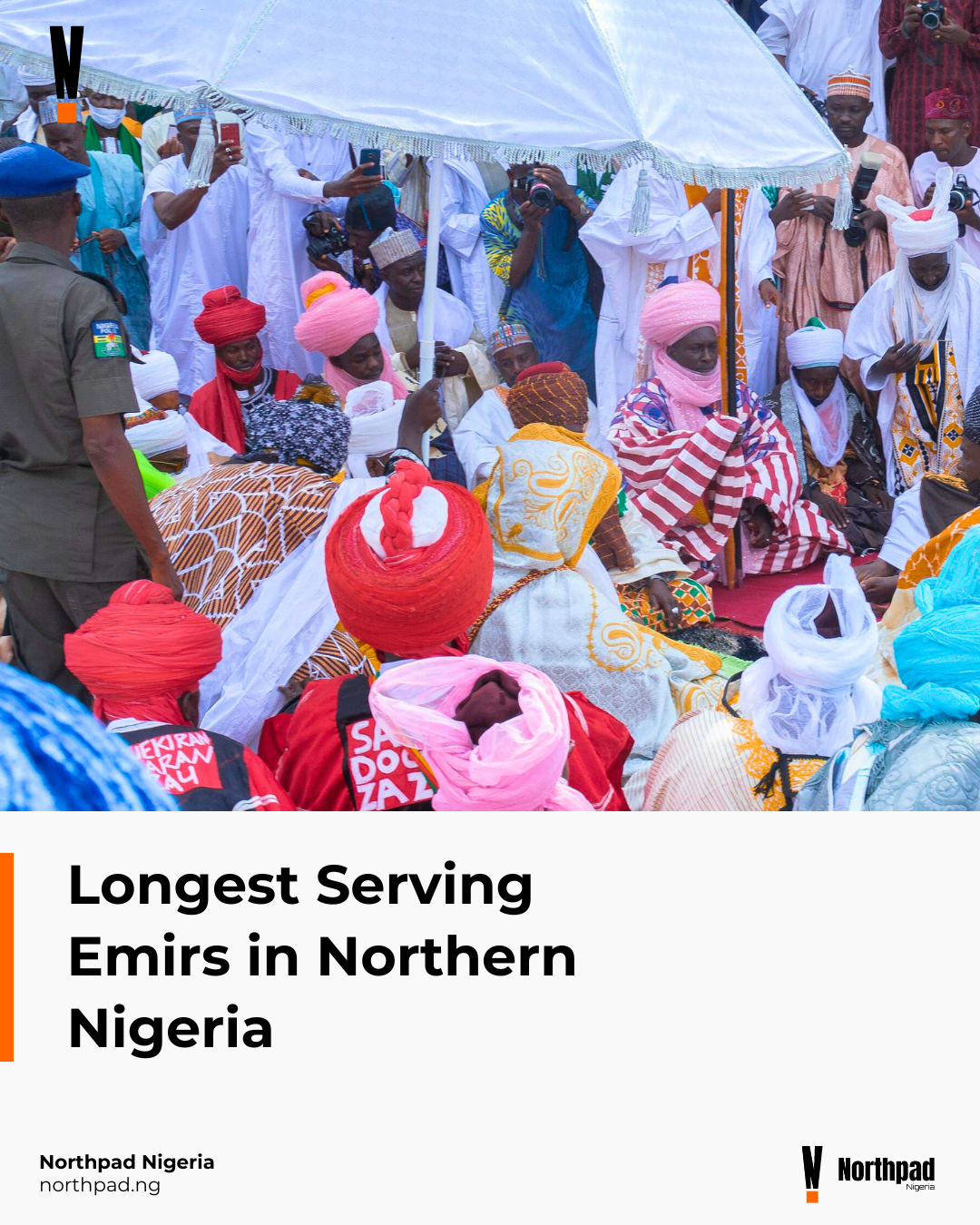


Packaging falsehood as history to mis inform is not going to profit anyone. Expecting people to waste time to contest your conjecture is a pipe dream.
Fantastic piece. Thank you for the research. I found this quite enlightening.